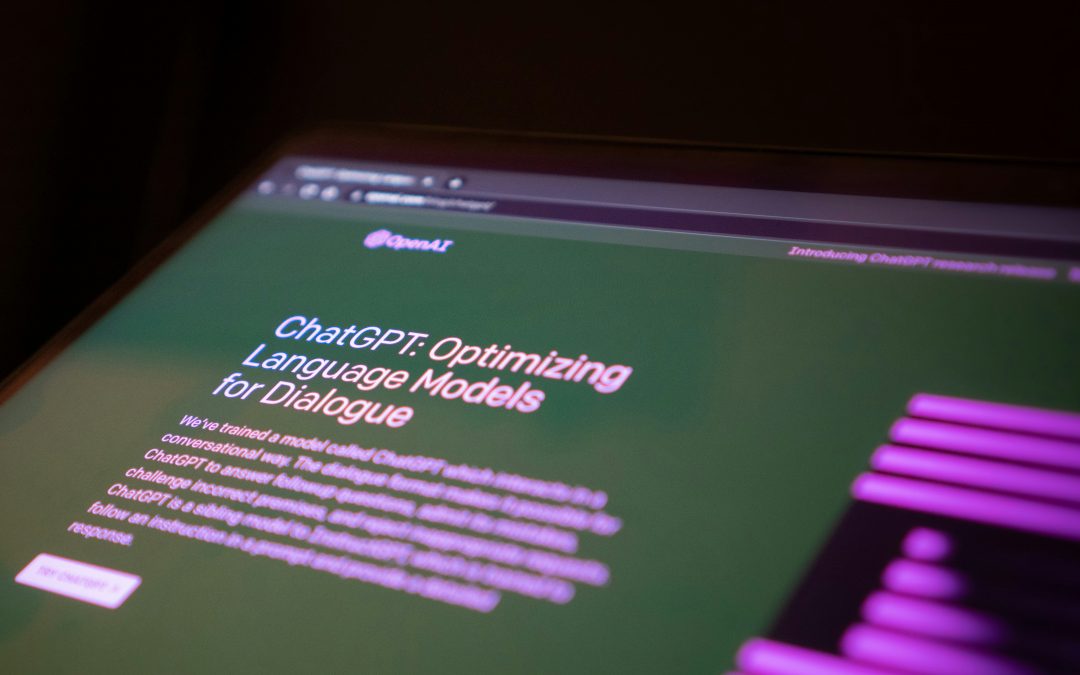ChatGPT Becomes a Platform for Apps – and a New Marketing Frontier
ChatGPT is no longer just a chatbot. OpenAI’s latest update has transformed it into a platform where users can now access third-party apps such as Spotify, Canva, Zillow, and Expedia — all without leaving the conversation. This marks a major shift in how people interact with AI tools, making ChatGPT feel more like a central hub for productivity, creativity, and commerce.
With this new functionality, users can now perform tasks that previously required switching between websites or apps. For instance, someone planning a holiday can now ask ChatGPT to open Expedia, explore hotel options, and even make a booking — all in one seamless chat. Similarly, users can tell Canva to design a poster or request Spotify to play a particular playlist, eliminating the need to juggle multiple tabs or tools.
OpenAI describes this development as a step towards a “conversational operating system.” Essentially, it aims to create one universal interface where people can access various software and services without needing to open separate applications. This move simplifies the digital experience, blending productivity and communication into one platform.
Apps within ChatGPT behave more like natural extensions of the chat itself. Rather than acting as external add-ons, they operate as actions that respond intelligently to context. For example, when a user mentions planning a trip, ChatGPT might automatically suggest using Booking.com to find hotels or Airbnb to compare stays. This contextual assistance creates a smoother, more intuitive experience that aligns with users’ goals.
Nick Turley, ChatGPT’s product lead, said the team’s aim is to make ChatGPT feel like a natural part of everyday interaction rather than a standalone chatbot. “If we can evolve ChatGPT the right way,” he explained, “maybe you’ll be spending a lot of time in ChatGPT. But it won’t feel like you’re in a chatbot.”
From a marketing perspective, this innovation could be revolutionary. With around 800 million users globally, ChatGPT already commands one of the largest active user bases in the digital world. Turning it into a space where users interact with apps directly creates immense potential for marketers to connect with audiences right where they are most engaged — inside the chat itself.
Traditionally, brands have relied on search engines, social media, and targeted ads to reach potential customers. ChatGPT’s new setup introduces a different type of marketing channel — one driven by intent and context. Instead of users searching for products, brands can now appear naturally in conversations based on what users are already discussing.
For example, if a user talks about moving to a new city, ChatGPT might surface Zillow to display available homes or property listings. If someone needs design inspiration, Canva could appear as a recommended tool. This approach means marketing becomes more organic, blending into the user’s flow rather than interrupting it.
Another exciting feature for marketers is the new Apps SDK, which supports visuals and interactive interfaces. This means brands can now create immersive experiences directly within ChatGPT. For instance, Zillow can show homes on a live map, Canva can generate and preview designs instantly, and Expedia can display flight options dynamically — all without leaving the chat environment.
The implications for brand discovery are significant. Instead of competing for clicks or search rankings, brands can now engage users at the very moment they express interest. This makes the experience more relevant and timely, turning conversations into conversion opportunities.
OpenAI has also shared plans for expanding its app ecosystem even further. Future integrations are expected to include major names like Target, Uber, Peloton, and Instacart. Developers are already being invited to build new apps for ChatGPT, with an app store and public review system expected to roll out later this year. Apps that meet OpenAI’s design and functionality standards will receive higher visibility within the platform, giving quality developers and brands a chance to stand out.
Beyond app integration, OpenAI is exploring new possibilities in “agentic commerce” — a concept where AI handles one-click transactions on behalf of users. This could allow users to browse, compare, and even make purchases without ever leaving ChatGPT. The company has already tested Etsy shopping features with U.S. users and is now hiring experts in ad technology and attribution to expand its commerce capabilities.
This new “chat-to-commerce” model could redefine how users shop online. Instead of manually searching or scrolling through websites, people could simply tell ChatGPT what they’re looking for — and the AI could recommend, compare, and even complete the purchase. For marketers, this means a shift from attracting attention to facilitating instant action.
Overall, ChatGPT’s evolution signals a major step forward for digital interaction. It blends conversation, creativity, and commerce into a single, unified experience. This makes it not only a powerful productivity tool for individuals but also a high-value platform for brands aiming to connect with audiences in more personalised and meaningful ways.
For marketers, this development opens up a new era of contextual engagement. Rather than competing for visibility on search engines or social feeds, they can now meet consumers in the very moment they’re expressing intent — turning conversation into conversion. As ChatGPT continues to evolve, it may very well become one of the most influential marketing channels of the AI age.
More Digital Marketing BLOGS here:
Local SEO 2024 – How To Get More Local Business Calls
3 Strategies To Grow Your Business
Is Google Effective for Lead Generation?
How To Get More Customers On Facebook Without Spending Money
How Do I Get Clients Fast On Facebook?
How Do You Use Retargeting In Marketing?
How To Get Clients From Facebook Groups
What Is The Best Way To Generate Leads On Facebook?
How Do I Get Leads From A Facebook Group?
